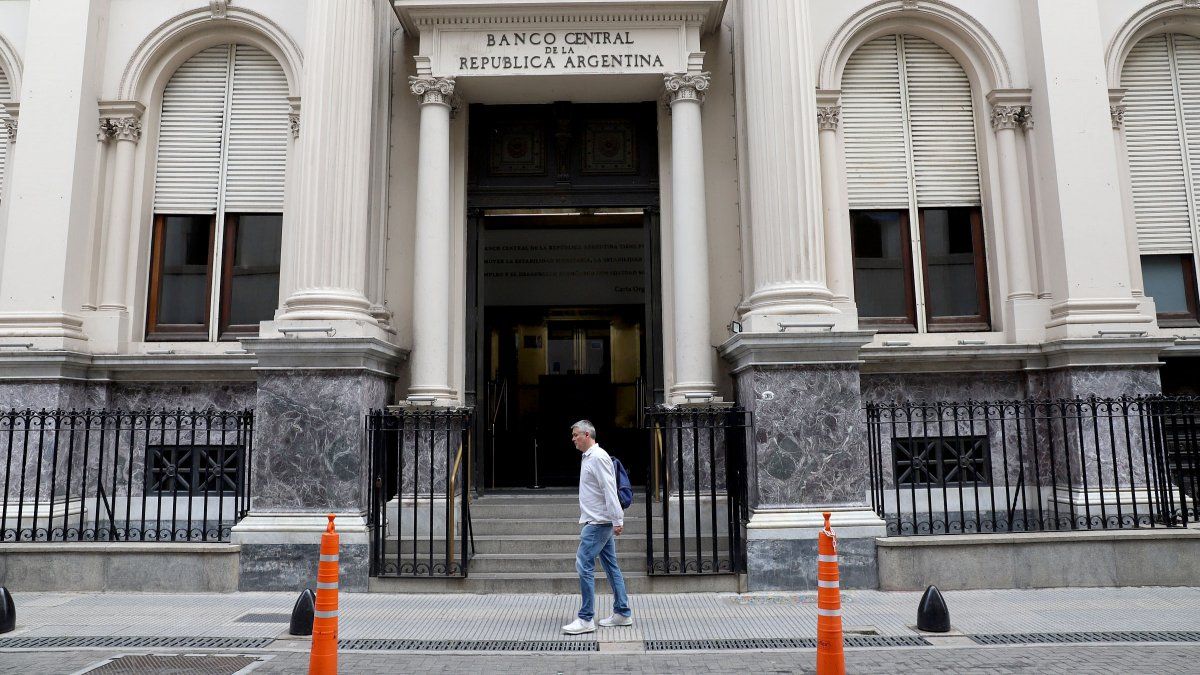This Tuesday the Central Bank (BCRA) lawful Liquidity Letters (Leliq) to 28 days once again and on the maturities, which exceeded $1.5 billion on the day, it awarded only about $353 million (only 22% of the total) while $1.2 billion came from those titles. From three wheels ago you can see a strong dismantling of the stock of those letters and, a few days ago, the passes (the BCRA’s current bills) exceeded them in stock.
“They go to repos, which are more liquid instruments, with just a lower rate, but which allows them, in the event of any market movement, to recalibrate their portfolio. Currently, the stock of remunerated liabilities is $24 billion, which means that about $2.6 billion is currently issued per month for interest payments (11% TEM). Of that stock, $14.3 billion is in repos and $9.5 billion is in Leliqs right now,” reports the Romano Group analyst Salvador Vitelli about.
The causes of the flight of the Leliq towards countries
This occurs within the framework of debate that the elected government installed on how to deactivate the famous Leliqs “ball” and what is happening is a migration of banks towards shorter-term instrumentssuch as repos, while the volume of those that are 28 days is falling.
“The dynamics have to do with the increase in the expectation of devaluation, which makes the rate no longer attractive. So, there is a transfer of Leliqs debt to reposwhich are shorter and indexed debt,” explains Ámbito the Economist Pedro Gaite.
And it is that he Treasury rollover of the last debt tender was high, with special focus on instruments tied to the exchange rate and inflation and Gaite indicates that “this is directly related to the fact that future dollar contracts for December are above $800.”
Thus, with this expected devaluation, the interest rate is no longer attractive and the banks prefer to go to the passive passes one day because they are waiting for what is going to happen with the monetary politics of the new government. Likewise, rLet us remember that Luis Caputo, who has just been confirmed as future Minister of Economy, proposes exchanging the LELIQs for Treasury debt, something he already did when he was a minister in Mauricio Macri’s government. However, it is still unclear what his plan will be and that adds uncertainty.
However, as explained Rocío Bisang, Eco Go economist, The departure of the Leliqs responds mainly to two reasons:
- on the one hand the change of governmentwhich implies greater uncertainty and translates into a market that seeks shorter terms (today we are seeing significant growth in passes that are one day vs. Leliq that are 28).
- and, on the other hand, the change in management also implies that it is it is unlikely that the current scheme will not continue to be sustainedwhich opens the possibility of a forced exchange.
Leliq Ball: how the story continues
In that sense, he anticipates that they expect to continue seeing “a drop in the stock of Leliqs and, on the other hand, an increase in passes, in a context where the options to place the pesos, by means of stocks, are limited.” Just as he describes Camilo Tiscornia, from CyT Economic Advisorsis a defensive and preventive behavior of banks.
“They want to have a lot of liquidity anticipating what may happen after December 10. Nobody knows exactly how much the trap will open, what is going to happen or at what speed,” says Tiscornia. And he points out that what is seen is that the whole system is becoming more liquid waiting for what may happen. In fact, this behavior is also reflected in the dynamics of fixed deadlines, which are being dismantled.
For the moment, Gaite explains that, looking to the future, what may happen with the passes, which already exceed the Leliq in stock, it’s a mystery. “Milei said she wants to fix that quickly.” because it seeks to lift exchange controls”, but he believes that, for him, this concept is a mistake, unless he is thinking of a very rapid lifting, which would bring a rapid outflow of funds to the market and, in that case, the Leliqs yes they would be an urgent problem.
Source: Ambito
I am a 24-year-old writer and journalist who has been working in the news industry for the past two years. I write primarily about market news, so if you’re looking for insights into what’s going on in the stock market or economic indicators, you’ve come to the right place. I also dabble in writing articles on lifestyle trends and pop culture news.




